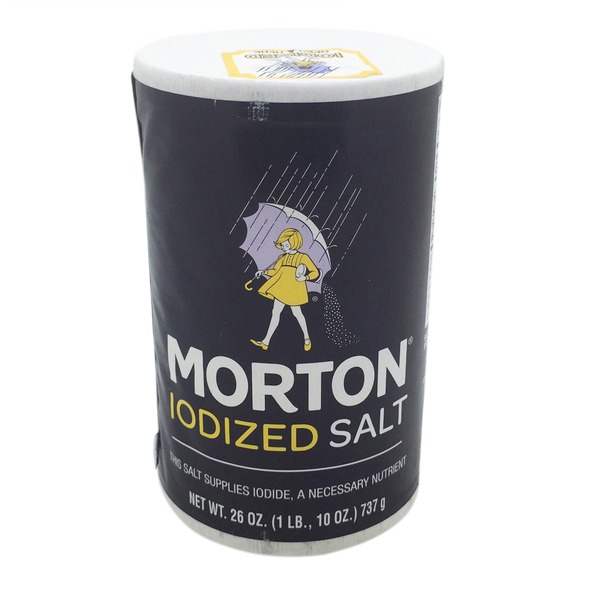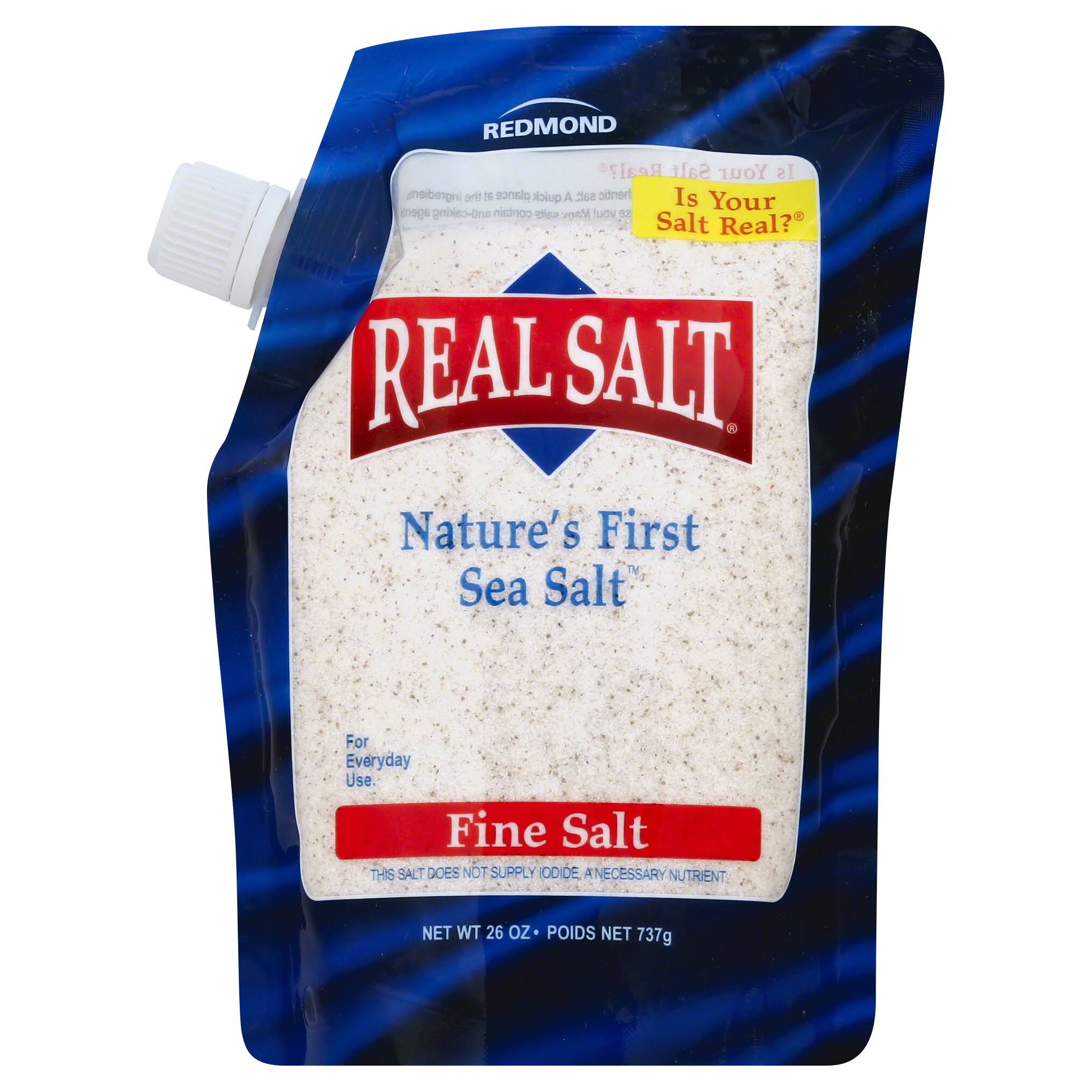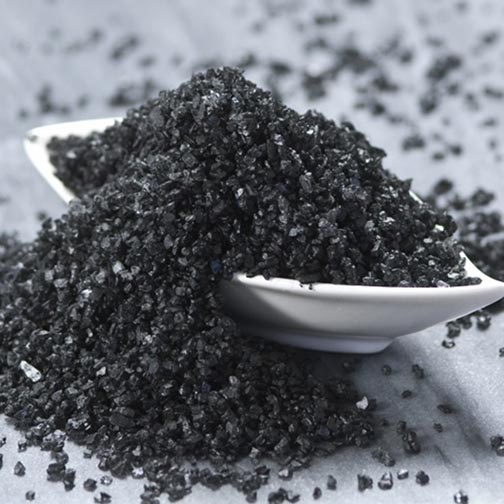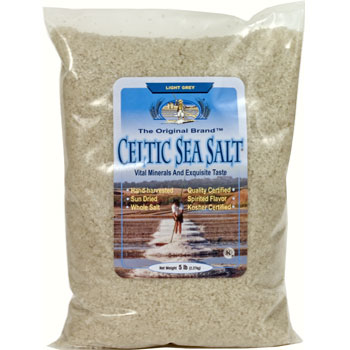Throw Out Your Table Salt and Use This Instead!
What is one thing almost any doctor in the United States would tell you to try and cut out of your diet if you have high blood pressure or high cholesterol, like many Americans do? You guessed it…salt. It is true that the typical American diet is chuck-full of sodium and salt. But what if I was to tell you that you can still have your delicious salt and eat it too?

Salt is NOT Bad for Us?!
There is a real misunderstanding about salt. On one hand, our consumption of salt seems to be killing us. On the other hand, we cannot live without salt. So in order to answer this loaded question we must first explore the differences between table salt and unrefined salt. Table salt has been fired at 1500 degrees so that it is stable in most climates. Once this salt has been chemically cleaned and processed, it becomes inorganic and impossible for our bodies to digest. Unrefined salt is unprocessed and is just like the sodium that occurs naturally in our bodies — it is essential to our daily lives and is most certainly good for us. So to your body, table salt is like poison and unrefined salt is like nectar.
Table salt: the Poison Pill

When table salt is chemically cleaned and processed, the trace minerals and electrolytes that naturally occur in unrefined salt are removed as if they were impurities. Chemically processed table salt is inorganic, which means that the chemical bonds are so strong that it can't be easily broken down or metabolized by our bodies. When you take in an inorganic mineral, your body will either store them or eliminate them. In this case, when you take in table salt your body sees it as a poison and tries to get rid of it as quickly as possible. Unfortunately, most of us take in way more table salt than our bodies can eliminate. When this happens, your body has to do something with the excess salt.
Well, that's because your body has been put into a tough position. It can't get rid of the table salt fast enough so it must neutralize it. How does it do that? It is forced to take water from our healthy cells to surround it and as a result, you retain water and kill off healthy cells. Consumption of table salt increases blood pressure, and leads to a number of disorders such as edema (water retention) and excess fluid in the tissues (i.e. cellulite). So of course, your allopathic doctor will tell you to reduce your salt intake.
So What Can I Use?
The answer to that would be natural salts, the queen bee of them all being Pink Himalayan Salt. She contains over 84 trace minerals!
I purchased my Pink Himalayan Salt from Walmart, so I’m sure you could check your local grocery store or of course check on Amazon if you can’t find it in stores. Same with any other natural salt; they are all on Amazon.
Another great option is Real Salt from Redmond.

This salt has over 50 trace minerals, including iodine, of course.
Black Hawaiian Lava Sea Salt (contains activated charcoal)

Celtic Sea Salt

You can use any of these salts in many ways. Here are 4 of the best way to use natural salts:
Internally as sole (a drink mixture of water and salt): for electrolytes and to liquefy plaque (which is dried mucous) in your intestines.
Externally as sole: in a neti pot to cleanse the nasal passages which helps heal a wide variety of ailments including allergies and sleep apnea.
Externally for bathing: (any unrefined sea salt is acceptable) to pull toxins from the tissues, especially when mixed with baking soda and Epsom Salt. Add at least a cup of each to your bath water and soak for at least 30 minutes.
Externally in scrubs: (any unrefined sea salt is acceptable) to stimulate the lymphatic system and reduce edema.
Do you use natural salt already on a regular basis? Which one is your favorite?
- www.amazon.com
- www.wellnessmama.com/go/salt/
- www.radianthealthstrategies.com/
 Mary Richardson
Mary Richardson
Weekly Newsletter Contributor since 2014
Email the author! mary@dvo.com
